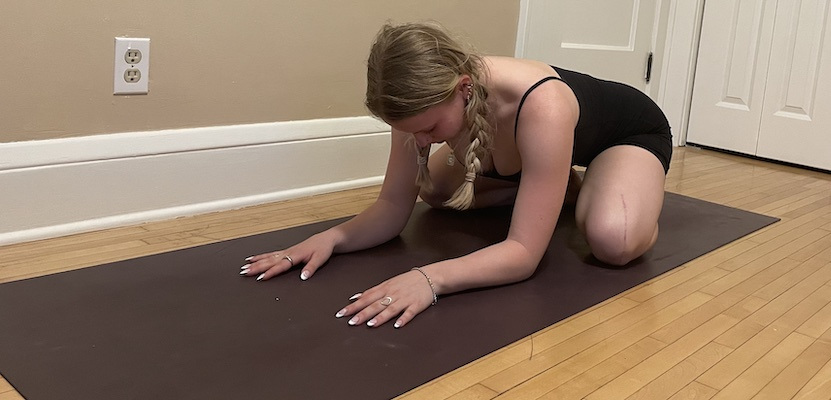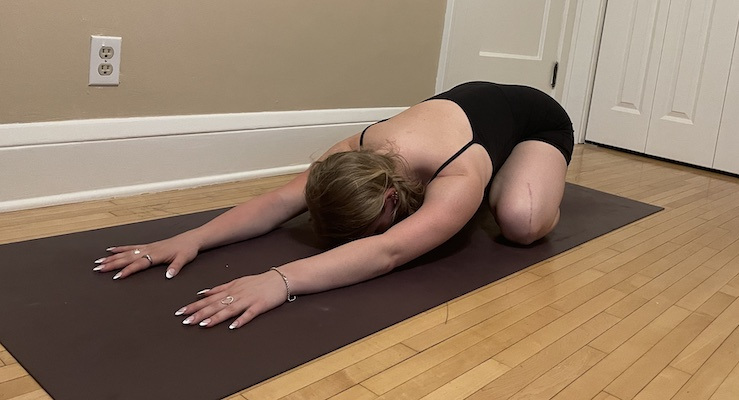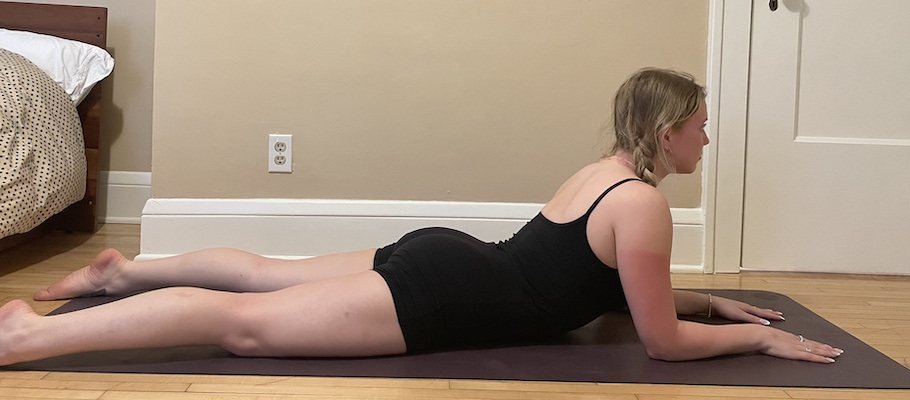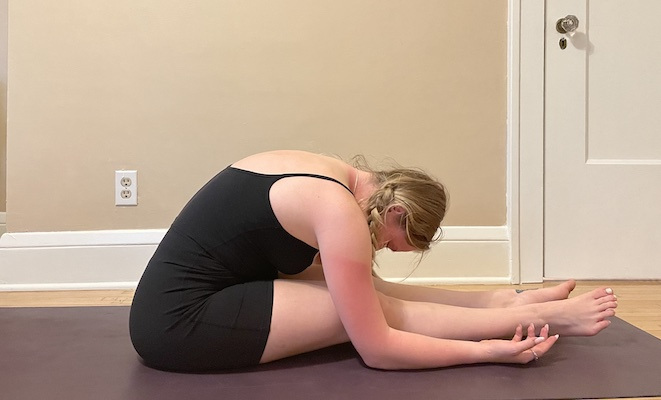
Writing Yourself Back to Yourself
Meera Lee Patel’s latest journal, Create Your Own Calm, is publishing as anxiety levels across ...
peterschreiber.media/Getty
In Traditional Chinese Medicine (TCM), 12 principal meridians (or nadis in Sanskrit) extend throughout the body, each running through and named for a different organ—the kidney meridian, liver meridian, heart meridian, and so forth. These meridians are the channels or pathways through which chi flows in the body.
It is also understood in TCM that our organs are the holding places for emotions we’ve not yet addressed or released. The kidneys hold fear; the liver holds anger; the heart contains grief; and so on. Thus, when diseases or imbalances arise in those organs, it is important to consider the related emotion as well.
Yin yoga was built on an understanding of TCM principles, making it an ideal practice to simultaneously increase the quality of the chi flowing through the meridians and enhance our emotional wellbeing.
[Read: “The Benefits of Yin Yoga.”]
These postures address the emotion of fear and all of its close cousins: apprehension, confusion, anxiety, and uncertainty. These emotions connect to the kidneys, so these postures will primarily stretch the inner thighs and lower back regions through which the kidney and bladder meridians run (kidney and bladder are a yin/yang pair).
The trinity of postures outlined here will help:
Move into this pose from a traditional Child’s pose (knees together, chest on the knees, head or hands on the ground). Slowly begin to separate the knees while keeping the big toes touching until you feel gentle tugging in the inner thighs. Support yourself on your hands, forearms, or belly, whichever is most comfortable. Find a place where you can work; some discomfort is okay but not so much that you can’t stay present with your breath.

Stay and breathe for three to five minutes. When you’re ready to move out, come back onto your hands and slowly bring one knee in and then the other until you’re back in a traditional Child’s pose. Breathe here for another minute.

Slide down onto your belly. Bring your feet about hip-width’s distance apart. Do not engage the leg or glute muscles like you would for a traditional Cobra pose in a yang-style practice. Slowly come up onto your elbows, either to a 90-degree angle with your shoulders, or extend your arms out as far as you need to so that you feel comfortable and are able to stay.

If you are comfortable here, you may come up all the way up on your hands into Seal pose. You may feel some heat and gentle compression in the low spine. If you feel anything sharp or pinching, adjust down until you feel more comfortable.
Stay and breathe for three to five minutes. When the time is up, use an exhale to lower yourself to the ground slowly. Remain in a prone position for a minute or so, and then, when you’re ready, use an inhale to push up to all fours. Gently reach back to a Child’s pose for another minute.

Caution: If you are managing back pain, try the following adjustments:
If these modifications do not alleviate the pain, work with the other postures instead. They all work with the same emotions.
The third posture in this trilogy will also target the lower back, but from a forward fold rather than a backward bend.
Begin by sitting on the floor with your legs extended in front of you. You may sit on the edge of a folded blanket or medication cushion if that helps you sit more comfortably.
From here, fold forward softly over the legs. Do not engage your thighs, and, if comfortable, let the feet fall open. Let gravity do the work in this posture as you breathe, and bring your awareness into your back where the energy is collecting. Stay for three to five minutes.
To exit this pose, use an inhale to lift yourself back up. End this sequence with Savasana, anywhere from five to 15 minutes in length, to let your body integrate the changes.
For more on fear, consider Rumi’s advice: Don’t move the way fear makes you move.


Get this article and many more delivered straight to your inbox weekly.